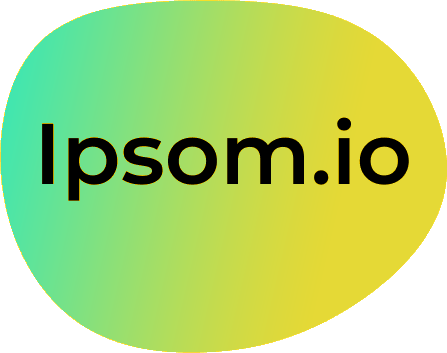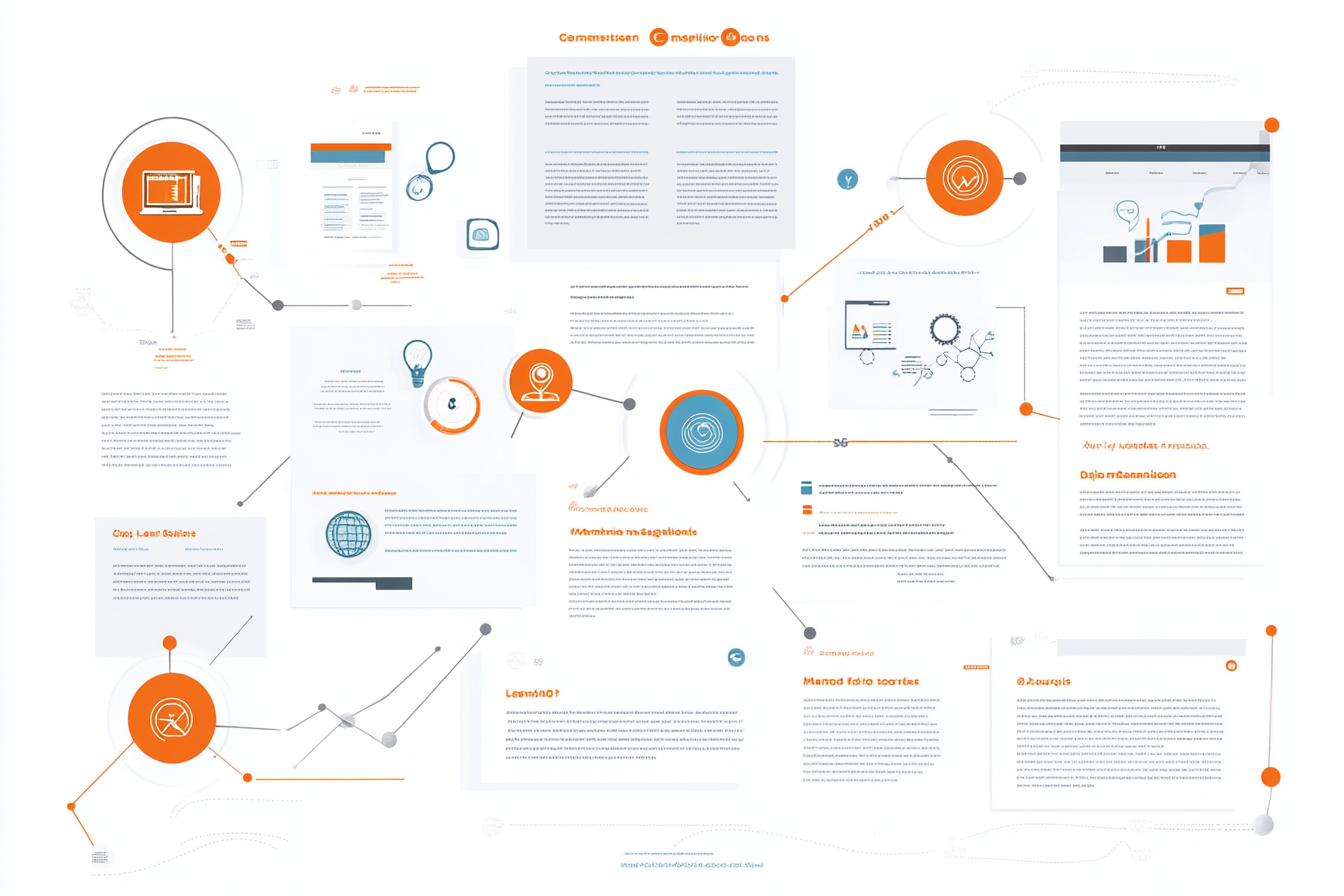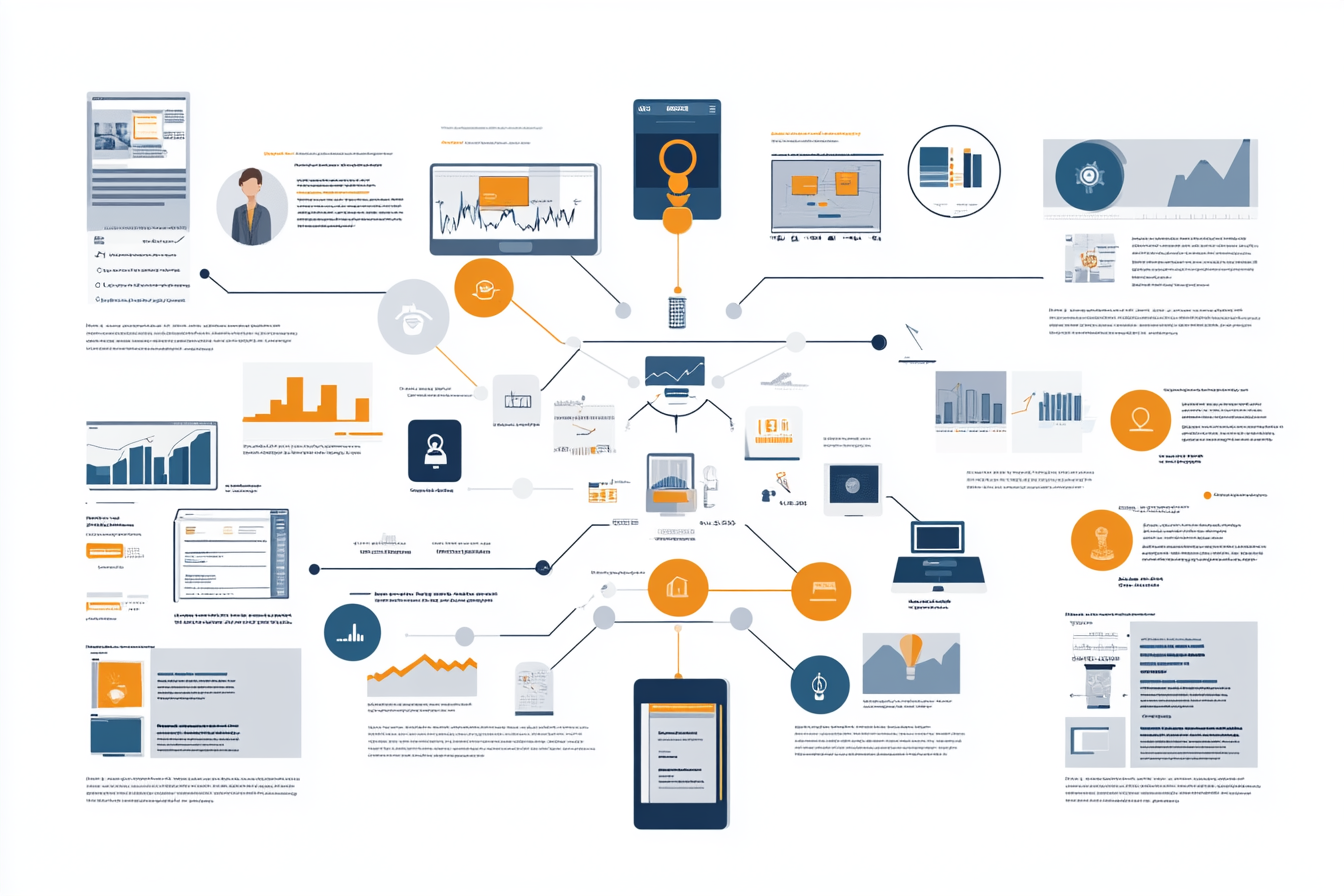CRM Marketing Automation combines the functionalities of Customer Relationship Management (CRM) software with marketing automation processes, allowing for more streamlined communications, better tracking of potential and existing customers, and improved sales outcomes. These tools not only optimize customer interactions but also enhance the overall marketing strategy by automating tasks that are usually repetitive and manual.
Key Takeaways
- CRM Basics: CRM software helps manage customer interactions, sales progress, and agent productivity by centralizing customer data and automating tasks.
- Marketing Automation Functionality: This software streamlines marketing tasks, facilitating targeted content delivery and improved lead conversion.
- Integration Benefits: Combining CRM and marketing automation maximizes their benefits; it allows for personalized selling, effective lead scoring, and seamless transitions from leads to customers.
- Key Features of Automation: Essential features include customer interaction logging, lead scoring, analytics, and user segmentation, often determining the efficiency of communication and marketing strategies.
- Popular Platforms: Notable tools providing CRM and marketing automation are HubSpot, ActiveCampaign, and Pipedrive, each with distinctive strengths and pricing models.
For expert guidance on automating your marketing processes, visit ipsom.io.
Understanding CRM and Marketing Automation
CRM (Customer Relationship Management) software is essential for managing interactions with customers throughout the sales funnel. Its primary function is to centralize customer data, streamline communications, and automate repetitive tasks. By optimizing client interactions, CRM enhances sales potential and contributes to better customer satisfaction. Accessibility of CRM data across all organizational departments ensures everyone has the information needed to perform effectively.
Marketing Automation is designed to make marketing tasks easier and more efficient. Its goals include streamlining workflows and analyzing marketing efforts. Key components of marketing automation include a central marketing database that collects data, an engagement marketing engine to deliver targeted content, and an analytics engine to measure performance. This combination allows businesses to automate processes, leading to improved outcomes and customer interactions.
Combining CRM with marketing automation enables powerful synergies. It fosters personalized communication, where businesses can tailor their marketing messages based on consumer data. This approach builds rapport with potential customers even before the sales process starts, creating stronger relationships. By understanding both CRM and marketing automation, businesses can implement strategies that drive results and elevate their marketing initiatives.
Benefits of CRM and Marketing Automation Integration
The integration of CRM and marketing automation provides substantial advantages for businesses. It enhances customer relationships, improves workflow efficiency, and supports better lead management.
Enhanced Customer Relationships
By integrating these systems, companies can achieve personalized communication. This allows for tailored marketing messages that resonate with consumer data. Establishing a connection with potential customers before direct sales efforts can lead to stronger relationships, setting the stage for successful conversions.
Improved Workflow Efficiency
Closed-loop reporting is a key benefit of this integration. It enables businesses to obtain insights into their marketing effectiveness through integrated data tracking. This leads to seamless transitions of leads, ensuring a smooth journey from potential visitor to converted customer, improving overall sales opportunities.
Better Lead Management
A robust integration supports effective lead scoring systems. This prioritizes leads, allowing sales teams to focus on the most promising opportunities. Additionally, it maintains consistent messaging across various channels, nurturing prospects and enhancing the overall marketing strategy.
Tips for Effective Integration
Integrating CRM and marketing automation enhances efficiency and personalizes customer engagement. To achieve the best results, focus on personalization and task management.
Personalization and Efficiency
Start with personalized messaging. Tailor your sales and marketing messages to meet individual customer preferences. This leads to improved customer engagement and higher conversion rates. Implement a lead scoring system to regularly evaluate and prioritize leads. Allocate resources smartly based on this evaluation to optimize follow-ups and communications.
Task Management
Effective integration should eliminate duplicate tasks. Identify redundant processes and streamline them for a smoother workflow. Maintain flexibility in practices to adjust strategies based on the effectiveness of your integration. Continually assess outcomes to ensure that your methods remain efficient and relevant. By focusing on personalized communication and efficient task management, your CRM and marketing automation will align seamlessly, driving growth and success.
Features to Look for in CRM with Automation
When selecting a CRM with automation capabilities, it’s crucial to focus on features that enhance efficiency and improve customer relationships. Here are the key features to consider:
Essential Automation Capabilities
First, your CRM should have the ability to record customer interactions. This includes tracking touchpoints across various channels such as email and SMS. This tracking allows your team to have a complete view of customer engagement, making it easier to tailor communications.
Next, look for sales pipeline management tools. These tools help visualize deals as they progress through different stages. A clear view of the sales pipeline aids in prioritizing tasks and resources, ensuring that no leads fall through the cracks.
Advanced Tools
Additionally, advanced analytics and reporting features are essential. A good CRM should evaluate the effectiveness of your marketing campaigns and strategies through insightful reports. These analytics can guide your future marketing efforts and improve ROI.
Lastly, ensure the CRM has data synchronization capabilities. This feature allows for seamless syncing of information across various business tools. It eliminates discrepancies in data and enhances overall operational efficiency.
Choosing a CRM with these capabilities will significantly enhance your marketing automation efforts, leading to better productivity and improved customer relationships.
Popular CRM and Marketing Automation Tools
When selecting the right CRM and marketing automation tools, it's important to choose platforms that align with your business needs. Here are some of the top tools available:
Overview of Effective Platforms
-
HubSpot: This platform offers comprehensive features for both CRM and marketing automation. However, some automation options may be limited on their free plans. Nonetheless, HubSpot is great for small businesses looking to grow.
-
ActiveCampaign: Known for its extensive automation triggers, ActiveCampaign is an excellent choice for advanced users. However, it may be more costly compared to other options, making it suitable for businesses ready to invest.
-
EngageBay: This is an affordable option with user-friendly visual automation. It provides essential features without overwhelming the user, making it ideal for startups.
-
Salesmate: Focusing on mobile usability, Salesmate offers effective automation journeys that adapt well to users on the go. It is perfect for sales teams that require flexibility.
-
Pipedrive: Known for its intuitive sales features, Pipedrive integrates email marketing capabilities. It helps visualize sales pipelines and enhances workflow efficiency.
Choosing the Right CRM
Choosing the right CRM involves conducting a business needs assessment. Evaluate specific requirements and budget against the features offered by each platform. Consider the scalability of the system. Good automation should accommodate organizational growth, ensuring your tools evolve as you do. Take time to test platforms and choose the one that best fits your team’s workflow and business goals.
Automation Tasks and Workflows
Automation tasks and workflows streamline processes, ensuring efficient customer interactions. They minimize repetitive tasks, allowing teams to focus on strategic efforts.
Types of Automated Messages
Automated messaging is essential for effective communication. Sending welcome emails and follow-ups ensures that new leads receive timely information. This process nurtures relationships without manual intervention. Similarly, drip campaigns keep customers engaged over time. By delivering tailored content based on user behavior, businesses can enhance their customer onboarding experience.
Building Effective Workflows
Creating effective workflows is vital for productivity. Businesses can opt for custom workflows or use template-based workflows to suit their needs. These allow organizations to adapt processes based on specific project requirements. Additionally, employing predefined instructions for campaigns improves outcomes by providing clear guidance. With flexible workflows, teams can modify steps as necessary, responding to real-time results and enhancing overall efficiency.
The Impact of Marketing Automation
The impact of marketing automation can be profound. It brings significant revenue and efficiency benefits to businesses, improving both marketing and sales operations.
Revenue and Efficiency Benefits
By streamlining online marketing, organizations can execute campaigns more effectively. This efficiency allows marketing teams to focus on strategy rather than repetitive tasks. Marketing automation also fosters employee productivity, enabling staff to tackle complex problems without being bogged down by mundane tasks.
ROI Measurement
Marketing automation supports lead generation and nurturing efforts. It helps track and evaluate how effective leads are over time. Additionally, businesses experience cost and time savings. As organizations grow, these savings become even more substantial, making automation a wise investment.
Implementing CRM marketing automation provides a clear pathway to increased efficiency and revenue growth. With the right tools, businesses can enhance their marketing strategies and customer experiences seamlessly.
Conclusion
Implementing CRM marketing automation is crucial for businesses that want to enhance their sales efficiency and customer relationships. With these advanced tools, companies can reduce manual tasks and deliver more personalized communications. This leads to a smoother and more efficient sales funnel.
Automation allows for better tracking of customer interactions, providing insights that help refine marketing strategies. These improvements not only increase lead conversion but also foster loyalty among existing customers. Investing in CRM marketing automation is a strategic move for any business aiming for growth.
For more insights into optimizing your CRM processes, check out ipsom.io.
FAQ
What is CRM marketing automation and how does it work?
- Definition: CRM marketing automation combines Customer Relationship Management (CRM) systems with marketing automation tools.
- Functionality:
- Streamlines processes by automating outreach.
- Tracks interactions.
- Analyzes customer data.
- Benefits:
- Ensures a cohesive strategy.
- Enhances customer relationships.
- Improves sales outcomes.
How can I integrate CRM with marketing automation effectively?
- Assessment: Begin by evaluating your business needs.
- Platform Selection: Choose platforms that allow for seamless integration.
- Data Synchronization: Sync customer data and automate communication.
- Workflow Establishment: Create workflows that connect both systems.
- Regular Evaluation: Continuously review and optimize your integration for maximum effectiveness.
What are the advantages of using CRM software in sales management?
- Centralization: Centralizes customer data for easy access.
- Tracking: Monitors sales progress effectively.
- Improved Communication: Enhances communication among team members.
- Sales Forecasting: Provides better sales forecasting capabilities.
- Increased Productivity: Boosts overall productivity, leading to improved customer satisfaction and loyalty.
How can marketing automation help improve lead conversion rates?
- Nurturing Leads: Optimizes the process of nurturing leads.
- Personalization: Automates personalized emails and targeted messaging.
- Engagement: Keeps leads engaged through multiple touchpoints.
- Automated Follow-Ups: Uses automated follow-ups to maintain contact.
- Lead Scoring: Prioritizes potential customers, enhancing conversion rates.
What features should I look for in a CRM with marketing automation capabilities?
- Key Features:
- Customer Interaction Tracking
- Lead Scoring
- Analytics
- User Segmentation
- Additional Considerations:
- Ensure it offers task automation.
- Look for data synchronization capabilities.
- Look for customizable workflows that fit your business needs.
How does lead scoring work and why is it important?
- Definition: Lead scoring ranks leads based on engagement and conversion potential.
- Scoring Criteria: Assign points for specific actions (e.g., website visits, email opens).
- Sales Priority: Helps sales teams prioritize follow-ups, enhancing efficiency.
- Outcome: Ensures that the most promising leads receive immediate attention.
Can I implement marketing automation without a CRM system?
- Yes: Businesses can implement marketing automation independently.
- Limitations:
- May limit campaign effectiveness.
- Lack of a CRM can hinder data organization and personalization.
- Recommendation: For optimal results, it is advisable to combine both systems.
What common mistakes should I avoid when implementing CRM and marketing automation?
- Common Errors:
- Neglecting Data Cleansing: Failing to clean customer data regularly.
- Inadequate Training: Not providing sufficient training for staff.
- Lack of Optimization: Failing to regularly review and optimize the integrated systems.
- User Experience: Avoid overwhelming users with excessive automated messages, which may lead to disengagement.
How does CRM improve customer satisfaction and retention?
- Centralization: Centralizes all customer interactions and data.
- Responsiveness: Enables businesses to respond faster to inquiries.
- Personalization: Allows for more personalized communication.
- Tracking: Improves tracking of customer history and preferences.
- Long-Term Relationships: Fosters long-term relationships, leading to higher retention rates.








